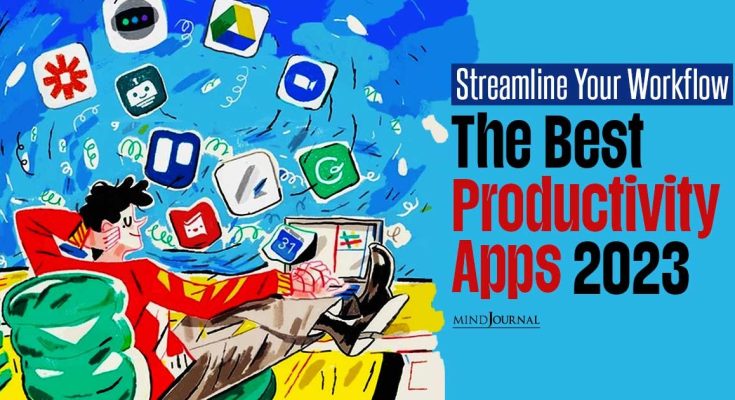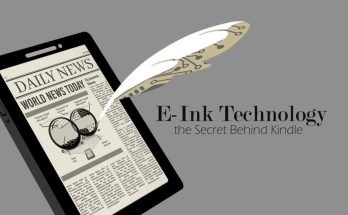In today’s fast-paced work environment, staying productive isn’t just about working harder—it’s about working smarter. With the right tools, you can streamline your workflow, reduce distractions, and focus on what truly matters. Productivity apps have become essential companions for professionals across industries, offering solutions that help manage time, organize tasks, collaborate with teams, and automate repetitive processes. Choosing the right mix of apps can transform how you work, making your day more efficient and your goals more attainable.
Task management is often the foundation of productivity, and apps that help you organize your to-do list can make a significant difference. Tools like Todoist and Microsoft To Do offer intuitive interfaces that allow you to break down projects into manageable steps, set deadlines, and prioritize tasks. These platforms sync across devices, ensuring that your schedule is always accessible whether you’re at your desk or on the move. By visualizing your workload and setting clear goals, you reduce the mental clutter that often leads to procrastination and missed deadlines.
For those who juggle multiple projects or collaborate with teams, project management apps like Trello and Asana provide a structured way to track progress and maintain accountability. Trello’s card-based system is particularly useful for visual thinkers, allowing you to move tasks through different stages with ease. Asana, on the other hand, offers more robust features for assigning responsibilities, setting dependencies, and integrating with other tools. These platforms foster transparency and communication, helping teams stay aligned and avoid the pitfalls of mismanaged expectations.
Time tracking is another area where productivity apps shine. Understanding how you spend your time can reveal patterns and inefficiencies that are easy to overlook. Apps like Toggl and RescueTime monitor your activity and provide insights into where your hours are going. This data can be eye-opening, especially when you realize how much time is spent on email, meetings, or social media. With this awareness, you can make informed adjustments, set boundaries, and allocate your time more intentionally. For freelancers and consultants, time tracking also supports accurate billing and project estimation.
Note-taking and information management are critical for capturing ideas, organizing research, and maintaining a knowledge base. Evernote and Notion are two standout apps in this category. Evernote excels at quick capture and searchability, making it ideal for storing snippets, articles, and meeting notes. Notion offers a more customizable workspace, allowing users to build databases, wikis, and collaborative documents. These tools help you keep your thoughts organized and accessible, reducing the time spent searching for information and increasing your ability to act on it.
Communication is at the heart of most workflows, and productivity apps that enhance collaboration can dramatically improve efficiency. Slack has become a staple for many teams, replacing email with real-time messaging and integrated channels. It supports file sharing, video calls, and app integrations, creating a centralized hub for team interaction. Microsoft Teams offers similar functionality with deeper integration into the Office ecosystem, making it a strong choice for organizations already using Microsoft products. These platforms reduce the friction of communication and help teams stay connected, even when working remotely.
Cloud storage and file management are also essential for a streamlined workflow. Services like Google Drive and Dropbox allow you to store, share, and collaborate on documents from anywhere. They eliminate the need for endless email attachments and ensure that everyone is working from the most up-to-date version of a file. With features like version history and access controls, these tools support both flexibility and security. For businesses, they also provide a scalable solution for managing digital assets and maintaining compliance.
Automation is a powerful way to eliminate repetitive tasks and free up time for more meaningful work. Apps like Zapier and IFTTT connect different services and create workflows that run automatically. For example, you can set up a Zap that saves email attachments to a specific folder in your cloud storage or one that posts your calendar events to a team chat. These automations reduce manual effort and ensure consistency, especially in processes that involve multiple platforms. As your workflow becomes more complex, automation can help maintain order and reduce the risk of human error.
Calendar and scheduling tools are another cornerstone of productivity. Google Calendar and Outlook offer robust features for managing appointments, setting reminders, and coordinating with others. When paired with scheduling apps like Calendly, you can simplify the process of booking meetings and avoid the back-and-forth of email negotiations. These tools help you protect your time, stay organized, and ensure that your day reflects your priorities.
Ultimately, the best productivity apps are the ones that fit seamlessly into your workflow and support your unique needs. It’s not about using every tool available—it’s about choosing the ones that solve specific problems and enhance your efficiency. As you explore different options, consider how each app integrates with your existing systems, how intuitive it is to use, and whether it genuinely improves your productivity. With the right combination of tools, you can create a workflow that’s not only streamlined but also sustainable, allowing you to focus on what matters most and achieve your goals with greater clarity and confidence.




